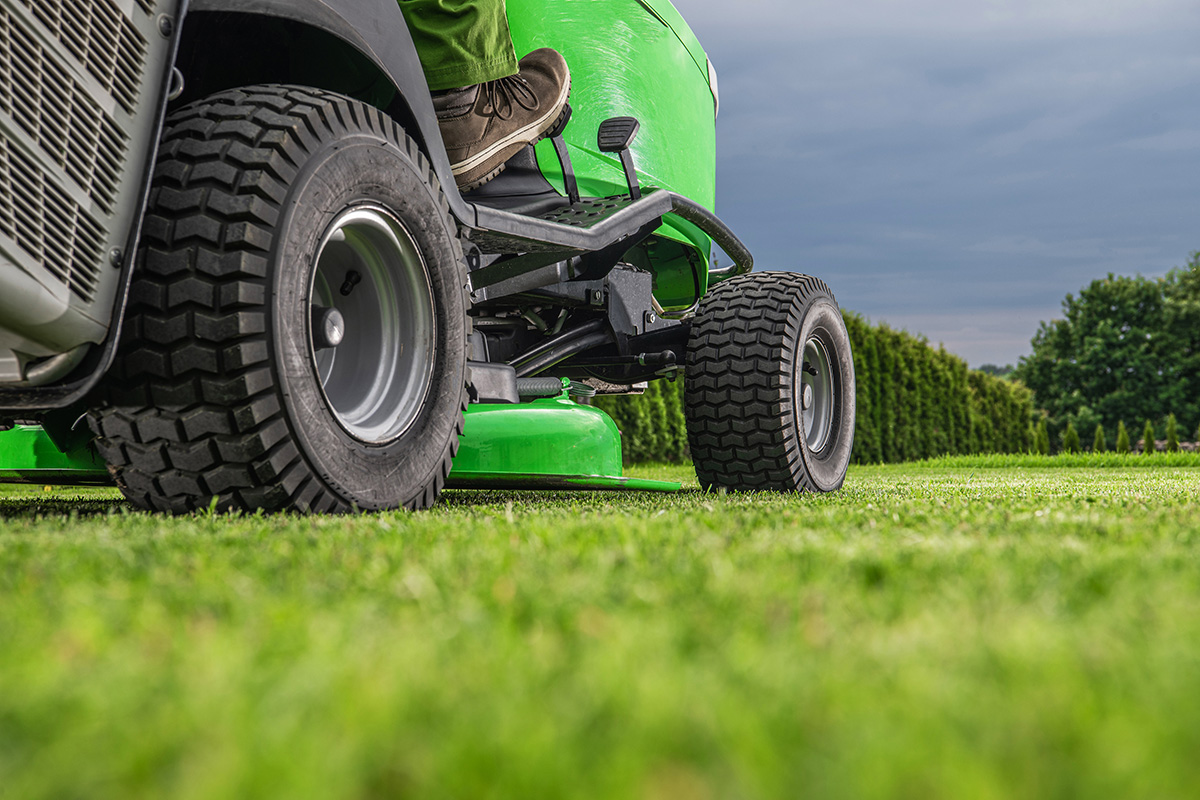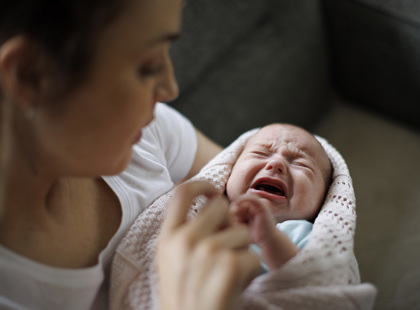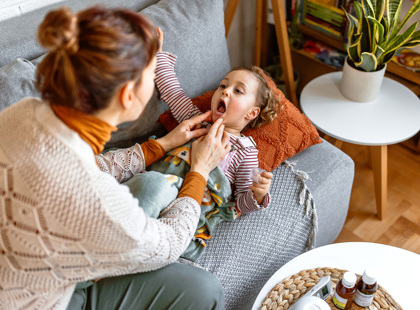
By Dr. Emily Schank, Pediatric Associates
Tips for Parents When Introducing Lawn Care Chores to Kids
As parents, we want to create a safe environment for our children, especially when they start taking on more chores at home. As the grass begins to grow, mowing the lawn is one way teens and older children can learn responsibility while helping around the house. However, as routine as lawn mowing may seem, it can come with risk, especially for children and adolescents.
Each year, more than 9,000 children in the United States are treated in emergency departments for lawnmower-related injuries. Many of these injuries can be quite severe, ranging from deep cuts and broken bones to loss of fingers or toes. Children under age 10 are especially vulnerable, but older kids can also be at risk while operating lawnmowers and other lawn care equipment.
Understanding the Risks
Lawnmower injuries can occur in many ways, and most are entirely preventable. Common scenarios include:
- Bystander Injuries: Young children may suddenly run into the mower’s path while chasing a ball or playing outside. Due to blind spots or hearing protection, the person mowing the lawn may not see or hear them coming.
- Passenger Injuries: Children riding on a parent’s lap or sitting on the back of a riding mower can easily fall and be run over by the blades.
- Operator Injuries: Teens may not have the strength, coordination, or judgment to safely use a lawnmower, especially riding mowers, which can increase the risk of injury to themselves or others.
- Flying Debris: Stones, objects, and sticks can become dangerous projectiles if struck by mower blades. They can cause injury to the eyes, skin, or other body parts.
Setting Age-Appropriate Guidelines
It's highly recommended that:
- Children should be 12 years old before operating a walk-behind/push mower.
- Children should be at least 16 years old to use a riding lawnmower.
These guidelines also depend on the physical and cognitive development needed to safely handle lawn equipment. Children and teens who meet these age requirements should be trained and supervised when using these items.
Lawn Care Safety Tips for the Entire Family
Teaching your family safety first regarding lawn care is the best way to protect them from injuries. Here are a few essential tips:
- Keep Young Children Indoors: Make sure young kids are inside the house or in a secure area while you mow the lawn. Never allow them to approach a mower when in use.
- No Extra Riders: Even if your child begs for a ride on the mower, tell them no. Lawn equipment is not designed for multiple passengers, and falls can happen in an instant.
- Inspect the Yard Before Mowing: Remove toys, rocks, sticks, and other debris that could get caught in the blades and sent flying.
- Wear Protective Gear: Mowers should always wear closed-toe shoes (not sandals), long pants, hearing protection, and safety goggles.
- Be Aware of Terrain: Mow across slopes, not up and down, to avoid tipping. Avoid mowing when the grass is wet, which can lead to slipping.
- Never Mow in Reverse Unless Necessary: If reversing, stop and check carefully behind the mower to ensure no one is there. Many newer models have an auto-shutoff when reversing, but always double-check.
- Use Caution When Refueling: Turn off the engine and let it cool before adding fuel to prevent fires or burns.
- Model Safe Behavior to Your Kids: Your children watch everything you do. Practice safe habits while mowing to set a good example.
Talk to Your Teen About Responsibility
Mowing isn’t only about doing a chore; it teaches responsibility. When your teen is ready to mow, treat it as seriously as teaching them to drive a car. Go over the instruction manual together. Review all safety precautions. Watch them mow a few times from a safe distance. Reinforce good habits each time they mow.
You can also share age-appropriate stories or statistics to help them understand why safety is number one. Remind them that safety equipment is as important as the lawnmower itself.
When to Seek Help
If an accident occurs:
- Call 911 immediately if the injury is severe, such as deep cuts, uncontrolled bleeding, or amputation.
- For less serious injuries, seek care from your pediatrician or CHKD Urgent Care
- Follow up with your child’s pediatrician to monitor healing and emotional impact, especially after traumatic injuries.
Lawn care is a regular part of growing up for many kids, but it must be done carefully. As adults, we must set clear rules, supervise closely, and model safe behavior. With proper precautions, we can give our children the freedom to take on new responsibilities while protecting them from harm






